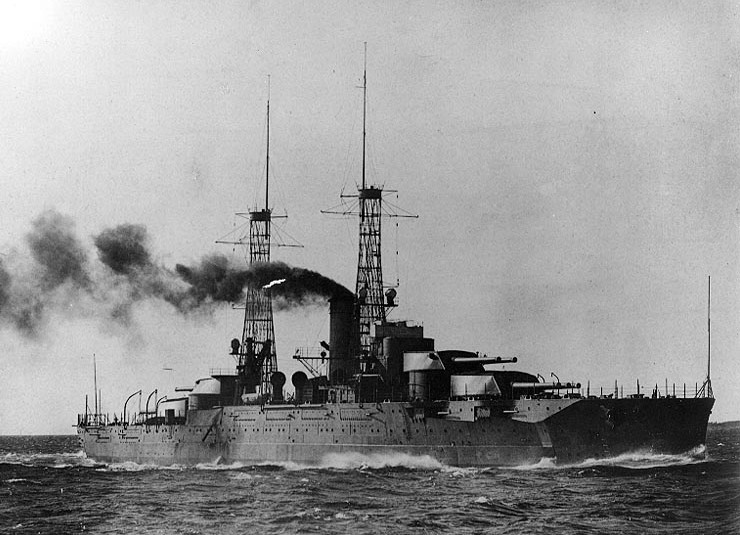Although at the beginning of the 20th century, the number of cars in the world grew significantly and in 1910 exceeded 700 thousand (every seventh counted as a truck), investors were more interested in developing railway connections. The history of transport would probably have been different were it not for the Navy. Changing the power supply of naval engines meant that petrol appeared on the market. And when in America the first pump for pouring fuel into automobile tanks was constructed – the drivers no longer had to run with canisters for gasoline to … pharmacies and perfumery.
In the period from 1900-1910, 240 thousand kilometers of railways were built. Its total length in 1936 was estimated by experts at 1.33 million km.
The reason why railway was so popular stemmed from its high efficiency: 30 HP was enough to pull wagons weighing 164 tons with a load, at 30 km/h. In case of cars, due to high resistance to movement, such energy efficiency could not be achieved. They required twenty times more power.
When the engines were weak, the railways had a great advantage over the cars. Steam engines required large boilers and in total the unit power of such a set was small. The truck with the steam drive was heavy, which limited its load capacity.
The fleet changed the history of transport
Probably self-propelled vehicles would remain a niche if not for the refinement of the internal combustion engine and … the navy. At the beginning of the 20th century, admiralties were switching from coal-powered vessels to mazut-powered ships. It was much less troublesome than coal in transhipments and a network of refineries and storage of petroleum products was created for taxpayers’ money. The ship’s boilers burned heavier factions, and lighter ones, i.e. gasoline, hit the civilian market.

“Nevada” – the first in the US ship with a mazut burning engine
In 1905, the first gasoline dosing pump for the car tank was constructed in the USA. The invention was quickly popularized and motorists no longer had to buy fuel in canisters in pharmacies and soap stores.

A transit fuel station in Pittsburgh built in 1913 by Gulf Oil
Roads were crowded with newly constructed gas stations. The first one in the USA was built in 1912. The construction of the fuel infrastructure necessary for the functioning of road transport went unnoticed.
In the next episode of History of transport in Trans.INFO you’ll read about the difficult conditions in which cart drivers had to work at the beginning of the 20th century.
Previous articles in the series:
From Roman vistas to tarred roads
How a British prince made a fortune on cheaper transport
How the railway overcame coaches and inland navigation
About sawed spokes of a steam carriage and a genius constructor from Poland
Record railway investments at the turn of the 19th and 20th centuries
Over half a ton of coal per hundred kilometers – that’s how much steam tractors burned
Who was the first to do business on diesel omnibuses?
First gasoline engines were so unreliable that carriers had to keep horses
What did the first bus companies spend most of their money on?









